nasa
Ghosts of Quasars Past—Hubble Telescope Reveals Phantom of Eight Galaxies
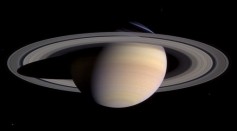
NASA's Exploration Vehicle of Choice for Saturn Moon–A Submarine

The Hunt is On for Exomoons That May Harbor Life
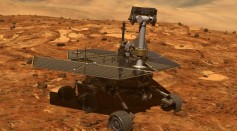
More Memory Problems for NASA's Opportunity Rover

NASA Set to Extend Mercury Mission for Another Month
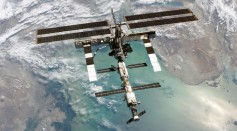
US and Russia Begin Planning the Next Space Station
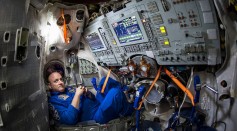
Can People Really Live Forever in Space? New NASA Study Looks to Answer that Question
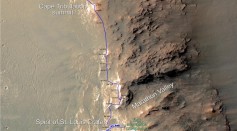
Opportunity Sets Marathon Record on Mars
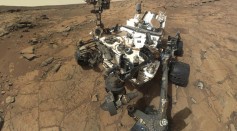
Curiosity Finds Live-Supporting Nitrogen on Mars
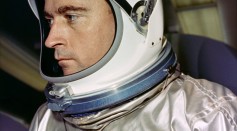
To Corned Beef and Beyond, A Sandwiches Trip into Space
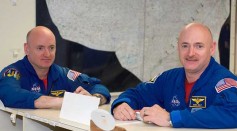
Space Twin Experiment Set to Answer NASA's Biggest Question
Supernovae Dust ‘Goldmine’ Found at the Center of the Milky Way
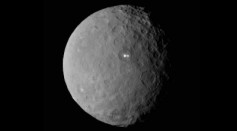
Scientists Believe Ceres Might Have A Volcano

NASA Orbiter Detects Ultraviolet Auroras on Mars
Most Popular

AI Revolution in Medical Education: Transforming How Healthcare Professionals Learn

China’s Tiangong Space Station to Expand Its Capabilities With New Modules

Exploring Life Beyond Earth: Study Claims Other Planets Could Be Suitable for Alien Life

Nikolay Karpenko Biography, Photo, Career, Accomplishments





